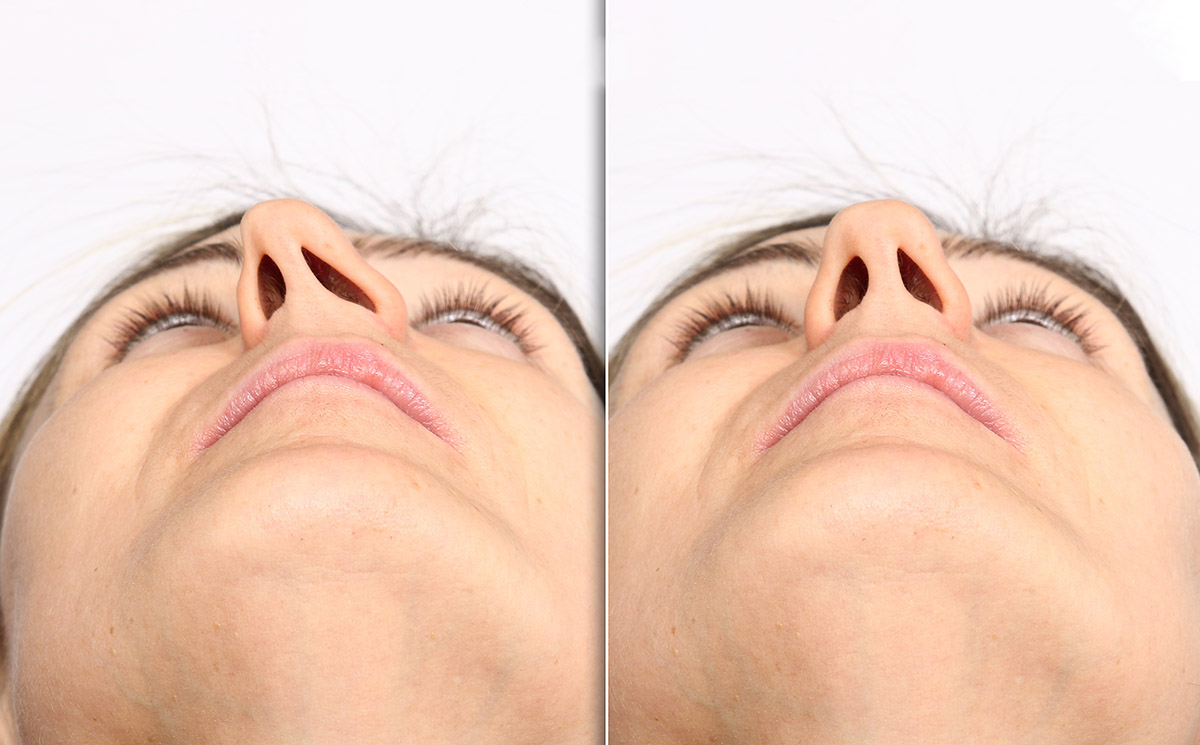Refresh Your Office Environment: Deciphering the Importance of Office Air Duct Cleaning Services for Maintaining Internal Air Quality and Lowering Electric Costs while Promoting Optimal Health
Are you taking the indoor air high quality of your commercial structure for given? If so, you might wish to reconsider. The air ducts in your business play an important duty in keeping a healthy and also comfortable indoor setting. In this blog post, we’ll go over the significance of regular commercial Air Duct Cleaning, its effect on indoor air high quality, as well as what to anticipate during the cleaning procedure.
The Importance of Normal Commercial Duct Cleaning
Normal duct cleaning is a crucial maintenance task for commercial buildings – Fresh Air Duct Cleaning Company. Unclean air ducts can adversely impact interior air top quality, increase power prices, and also decline equipment life expectancy. Dirt, dirt, pollen, as well as other pollutants can collect in duct over time, leading to lowered interior air high quality and health problems for developing occupants.
Studies have actually revealed that interior air can be a lot more contaminated than exterior air, making it crucial to preserve clean air ducts in commercial buildings. By scheduling regular air duct cleaning, you can boost indoor air high quality as well as produce a safer and extra comfy atmosphere for constructing owners.
The Function of Commercial Air Duct Cleaning in Indoor Air Top Quality
Duct play an essential duty in maintaining indoor air high quality. They disperse conditioned air throughout the building, as well as when they become dirty, they can flow contaminants throughout the room. This can cause health problems such as allergic reactions, asthma, as well as other respiratory concerns.
Common pollutants found in air ducts include dust, dust, plant pollen, mold and mildew, microorganisms, as well as viruses. By scheduling routine air duct cleaning, you can remove these impurities as well as enhance interior air top quality. This can bring about a healthier and a lot more effective labor force and also decrease ill days and also various other health-related costs.
The Process of Commercial Duct Cleaning: What to Expect
The air duct cleaning process normally includes assessment, cleaning, and also sanitation. during the evaluation, an expert duct cleaning business will certainly examine the condition of the duct and establish the best technique for cleaning them.
Next, the cleaning process begins. The technician will utilize specialized devices and tools to get rid of impurities from the duct, including vacuuming and brushing. As soon as the duct are cleaned, they will certainly be sanitized to eliminate any kind of staying pollutants.
The cleaning procedure can take several hours to finish, relying on the dimension of the building as well as the intricacy of the air duct system. While the procedure may create some disturbance to developing procedures, the advantages of tidy duct much surpass the trouble.
Final thoughts
Routine commercial air duct cleaning is important for preserving a healthy as well as comfortable indoor atmosphere. It can enhance indoor air top quality, minimize power costs, and also extend the lifespan of your a/c equipment. By working with a specialist duct cleaning company, Professional Air Duct Cleaning Experts, you can make certain that your duct are clean as well as devoid of impurities.
Don’t take the indoor air high quality of your commercial structure for approved. Arrange a commercial air duct cleaning today and also breathe much easier understanding that you’re providing a risk-free and healthy setting for your structure residents.
Fresh Air Duct Cleaning
Address: 13601 Preston Rd #960, Dallas, TX 75240
Navigate
